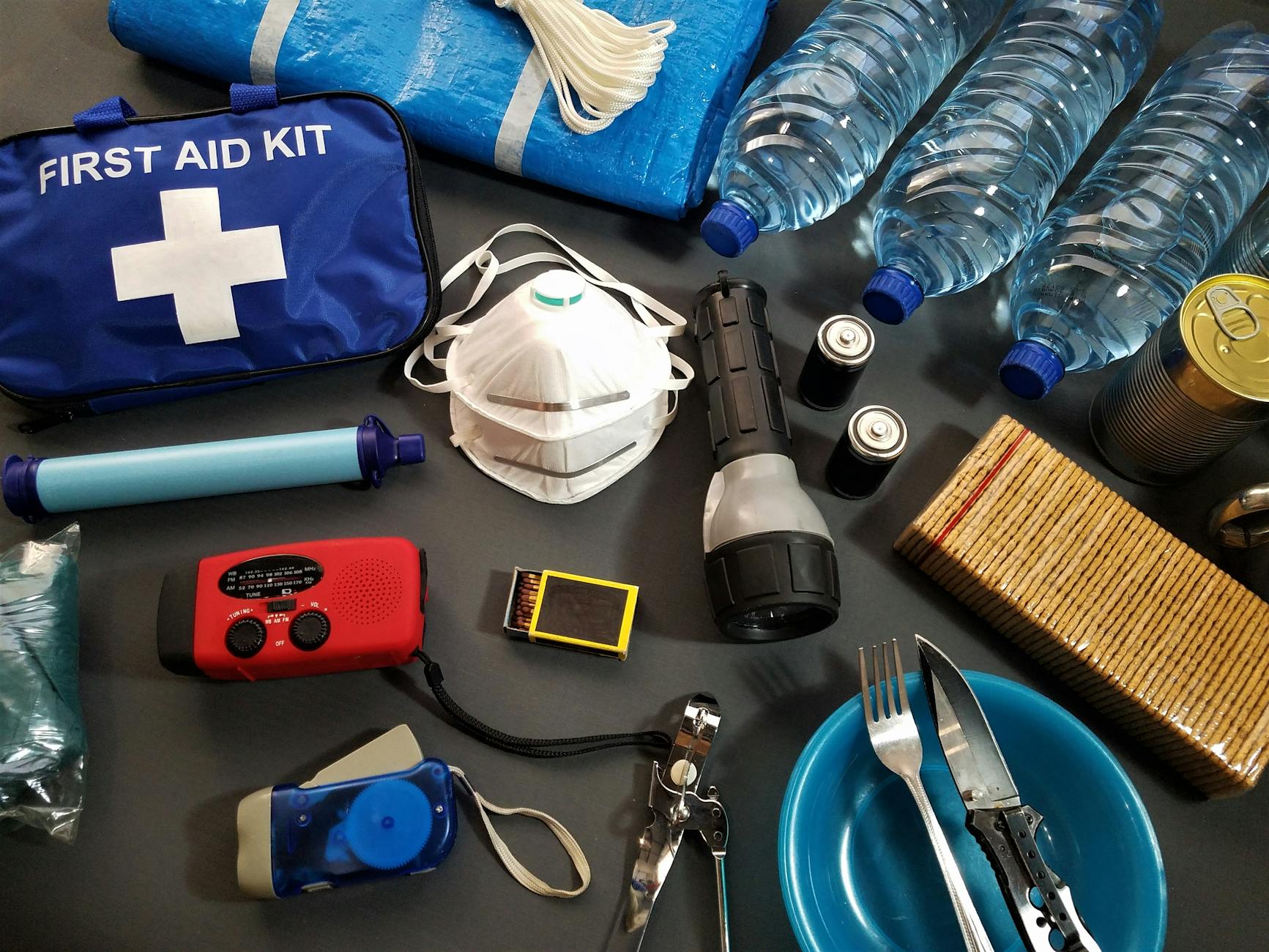Unleash simple yet powerful strategies for thriving on a gluten-free diet with these essential tips for Celiac Disease warriors.
Table of Contents
Welcome, Celiac disease warriors! Living with Celiac disease can present unique challenges, but with the right strategies and support, you can thrive on a gluten-free diet. In this guide, we’ll explore what Celiac disease is, common symptoms to watch out for, tips for managing your condition, and delicious gluten-free recipes to nourish your body.
Understanding Celiac Disease
Celiac disease is an autoimmune disorder that causes a severe reaction to gluten, a protein found in wheat, barley, and rye. When someone with Celiac disease consumes gluten, the immune system mistakenly attacks the lining of the small intestine, leading to inflammation and damage. This can result in a range of symptoms, from gastrointestinal issues to skin problems and fatigue.
Common Symptoms of Celiac Disease
It’s important to be aware of the common symptoms of Celiac disease so you can seek proper diagnosis and treatment. Typical symptoms include:
- Abdominal pain
- Bloating
- Diarrhea
- Constipation
- Fatigue
- Unexplained weight loss
- Skin rashes
If you suspect you may have Celiac disease based on your symptoms, consult with a healthcare professional for proper testing and diagnosis.
Managing Your Celiac Disease
Once you’ve been diagnosed with Celiac disease, the most effective treatment is to adopt a strict gluten-free diet. Here are some tips to help you manage your condition:
| Tips for Navigating the Gluten-Free Life | |
|---|---|
| Tip | Description |
| 1. Read Labels Carefully | Check ingredient lists for hidden sources of gluten, even in products you wouldn’t expect. |
| 2. Choose Naturally Gluten-Free Foods | Focus on whole, unprocessed foods like fruits, vegetables, meat, and dairy products. |
| 3. Keep Gluten-Free Snacks Handy | Plan ahead by carrying gluten-free snacks with you to avoid getting hungry while out and about. |
| 4. Research Safe Restaurants | Look for restaurants that offer gluten-free options or can accommodate special dietary needs. |
| 5. Join a Support Group | Connect with others who are also living a gluten-free lifestyle to share tips and advice. |
| 6. Experiment with Gluten-Free Recipes | Try out new recipes and find gluten-free alternatives to your favorite dishes. |
1. Read Labels Carefully: Always read food labels to check for hidden sources of gluten. Avoid products that contain wheat, barley, or rye, and look for certified gluten-free labels.
2. Stock Up on Gluten-Free Staples: Fill your pantry with gluten-free alternatives such as quinoa, rice, oats labeled gluten-free, and almond flour. These staples can be the foundation for many nutritious meals.
3. Communicate Your Needs: When dining out or attending social events, don’t hesitate to communicate your dietary restrictions. Many restaurants now offer gluten-free menus, and friends and family can help accommodate your needs.
Delicious Gluten-Free Recipes
Being gluten-free doesn’t mean you have to sacrifice flavor. Here are some mouthwatering gluten-free recipes to inspire your next meal:
Quinoa-Stuffed Bell Peppers: Fill bell peppers with a hearty mixture of quinoa, black beans, corn, and spices for a satisfying and nutritious meal.
Zucchini Noodles with Pesto: Use a spiralizer to create zucchini noodles, then toss them with homemade pesto for a fresh and vibrant pasta alternative.
Guilt-Free Chocolate Avocado Brownies: Indulge your sweet tooth with these decadent brownies made with avocado for a creamy texture and rich flavor.
These recipes are just a taste of the delicious gluten-free options available to you. Get creative in the kitchen and enjoy discovering new flavors and ingredients that support your health and well-being.
Living with Celiac disease requires dedication and vigilance, but with the right knowledge and resources, you can lead a fulfilling and healthy life without gluten. Remember to prioritize self-care, stay informed about gluten-free options, and seek support from others in the Celiac community. Together, we can navigate the gluten-free life with confidence and strength.
FAQ
What foods should I avoid on a gluten-free diet?
On a gluten-free diet, you should avoid wheat, barley, rye, and any products containing these grains. Be cautious of processed foods, sauces, and condiments that may contain hidden sources of gluten.
Can I still enjoy baked goods on a gluten-free diet?
Yes, you can enjoy delicious gluten-free baked goods made with alternative flours like almond flour, coconut flour, or gluten-free flour blends. There are plenty of recipes available to create decadent treats without gluten.
How can I ensure I’m getting enough nutrients on a gluten-free diet?
Focus on incorporating a variety of fruits, vegetables, lean proteins, and gluten-free grains into your meals to ensure you’re getting essential nutrients. Consider working with a dietitian to create a balanced meal plan tailored to your needs.
Are there any gluten-free dining options available at restaurants?
Many restaurants now offer gluten-free menu options or can accommodate special dietary needs. When dining out, communicate your gluten-free requirements to the staff and ask about gluten-free alternatives. It’s always a good idea to check with the restaurant beforehand.





